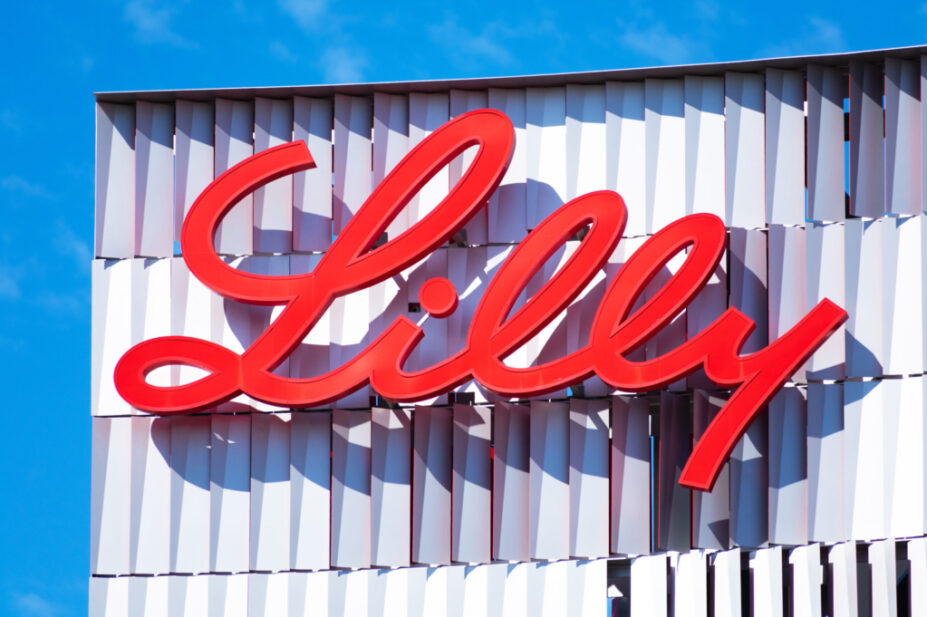
Shutterstock.com
The National Institute for Health and Care Excellence (NICE) has not recommended tirzepatide (Mounjaro; Eli Lilly) for treating type 2 diabetes mellitus (T2DM) in adults.
Draft guidance, published on 27 June 2023, said the committee came to this conclusion after finding “uncertainties in the clinical evidence” and “issues with the company’s economic model”.
However, experts have said the decision is “disheartening”, following a government notification that said all glucagon-like peptide-1 receptor agonists (GLP-1 RAs) licensed for T2DM are facing a “national shortage”.
Tirzepatide is a once-weekly glucose-dependent insulinotropic polypeptide (GIP) receptor and GLP-1 RA, which had been put forward to NICE as an option for people with diabetes later in the treatment pathway as an alternative to other GLP-1 RAs, such as liraglutide and semaglutide, which are already recommended for use in the NHS.
According to the draft guidance, the clinical trial results submitted by manufacturer Eli Lilly “suggest that tirzepatide reduces blood glucose levels … and body weight compared with semaglutide, insulin therapy or placebo”.
“There is only an indirect comparison of tirzepatide with other GLP-1 receptor agonists, which suggests similar benefits. But the results are uncertain,” the guidance said.
It added that the company’s economic model was “unclear how accurately it predicts the long-term health outcomes with tirzepatide and GPL-1 receptor agonists”, adding that “there is no evidence showing how the model results compare with other economic models for diabetes”.
The decision by NICE, which is open for consultation until 18 July 2023, was published shortly after a study in The Lancet on 26 June 2023 found that patients with obesity and T2DM had a “substantial and clinically meaningful reduction in bodyweight” following 72 weeks of treatment with once-weekly tirzepatide 10mg and 15mg.
The SURMOUNT-2 study, which was funded by Eli Lilly, involved 938 participants who were randomly assigned and received at least one dose of tirzepatide 10mg (n=312), tirzepatide 15mg (n=311), or placebo (n=315). It found that more participants treated with tirzepatide versus placebo met bodyweight reduction thresholds of 5% or higher (79–83% versus 32%).
Philip Newland-Jones, consultant pharmacist and clinical director of the endocrine diabetes service at Southampton General Hospital, told the Pharmaceutical Journal that the timing of the NICE draft guidance was “unfortunate”, following the government’s notice on the shortage of all GLP-1 RA for T2DM until at least 2024.
“This new class of medication has the potential to be a complete step up from the current recognised treatments for T2DM, both for its ability to lower HbA1c and weight,” he said.
“The SURMOUNT studies have given good evidence for weight loss in both people without diabetes and for those with diabetes (for which incretin hormones do not usually cause as much weight loss compared with those without diabetes).
“At this stage the economic modelling around weight loss in the context of diabetes is difficult and I am not certain that this newly released evidence on its own will change the committee’s decision for its use in T2DM; however, for any future weight loss licence it will ensure that people with diabetes are included within any potential recommendation for use.”
Hannah Syed, diabetes lead pharmacist for East Sussex Healthcare Trust, also said the news was “disheartening given the current GLP-1 RA shortages”.
“The evidence showed the use at any dose [of tirzepatide] resulted in better glucose control and lower weight compared with semaglutide or insulin therapy,” she added.
“A positive recommendation would have enabled us to have another treatment option to offer people living with T2DM who met the criteria. Hopefully more evidence to enable NICE to evaluate its clinical and cost effectiveness will be available soon.”
A spokesperson for Eli Lilly said the company “is disappointed that NICE’s draft guidance does not currently recommend tirzepatide for T2DM”.
“Lilly’s submission to NICE was based on a new cost-effectiveness model, which has raised a number of technical questions from the committee. We will continue to work closely with NICE to provide further technical clarification on the model during the consultation period, ahead of meeting with the Appraisal Committee again on 1 August 2023.
“The final draft guidance is anticipated in September this year,” they said.


